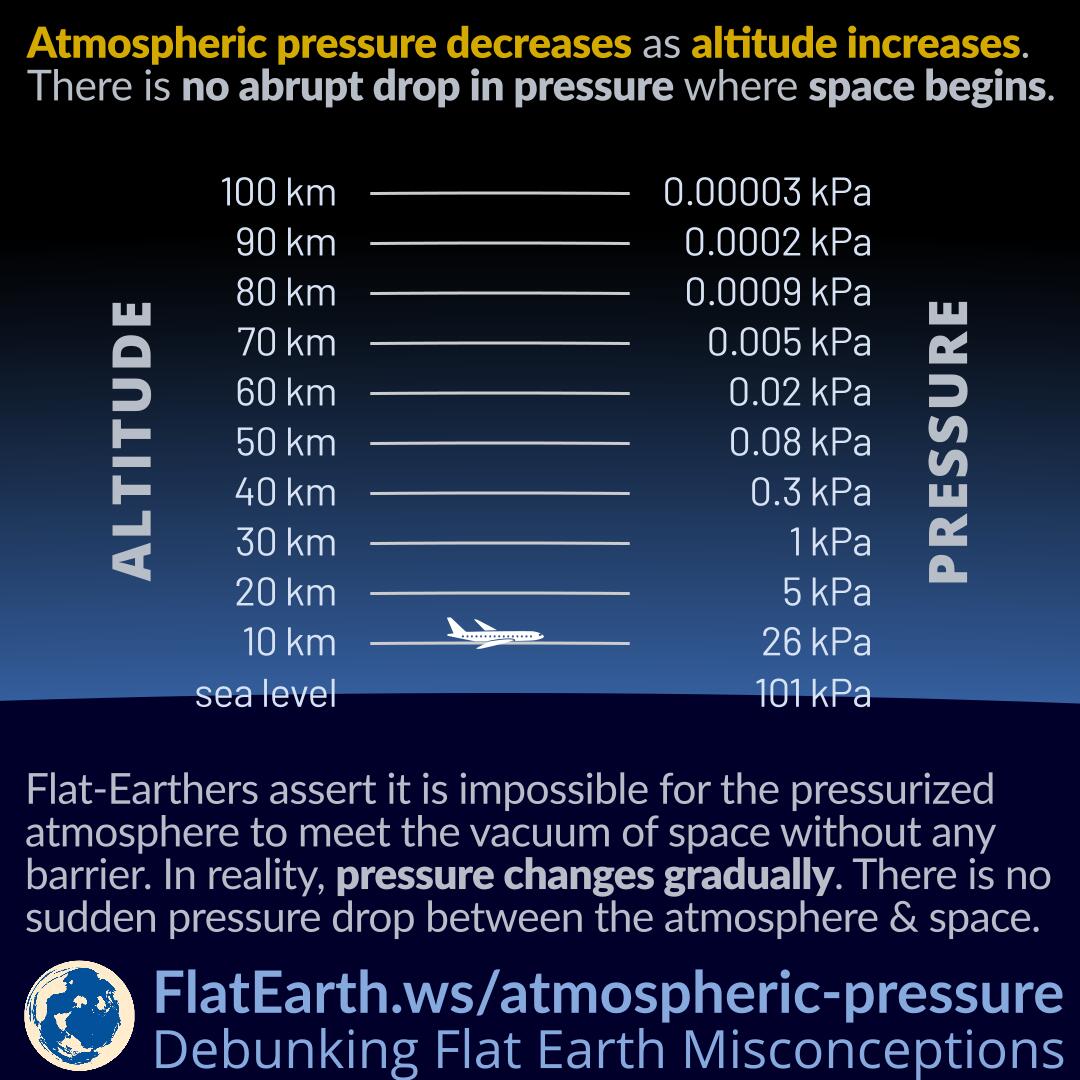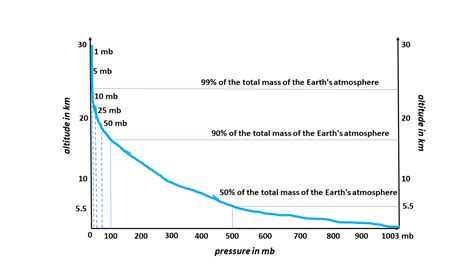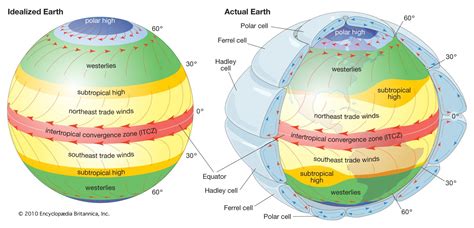Atmospheric Pressure On Earth

Welcome to an exploration of one of the fundamental forces shaping our planet and the very air we breathe: atmospheric pressure. Often overlooked, this silent force exerts a profound influence on our daily lives, from weather patterns to aviation, and even the depths of the ocean. Delving into the intricacies of atmospheric pressure, we'll uncover its significance, its variations, and the fascinating ways it interacts with our environment. As we embark on this journey, we'll navigate through the layers of the Earth's atmosphere, dissecting the physics behind pressure changes, and uncovering the practical applications that make atmospheric pressure a force to be reckoned with.
The Science Behind Atmospheric Pressure

Atmospheric pressure, or air pressure, is the force exerted by the weight of air molecules in the Earth’s atmosphere. It’s a fundamental concept in meteorology and plays a crucial role in various natural phenomena and human activities. The pressure is caused by the gravitational attraction between the Earth and the air molecules above it. The closer we are to the Earth’s surface, the greater the atmospheric pressure due to the increased weight of air above.
Mathematically, atmospheric pressure can be expressed using the equation: P = ρgh, where P is the pressure, ρ is the air density, g is the acceleration due to gravity, and h is the height above the reference level. This equation illustrates how pressure varies with changes in altitude, air density, and gravity.
Atmospheric Pressure at Different Altitudes
As we ascend from sea level, atmospheric pressure decreases. This decrease is not linear; it follows an exponential curve. At sea level, the average atmospheric pressure is approximately 1013 millibars or 14.7 pounds per square inch (psi). However, as we climb mountains or fly in airplanes, the pressure drops significantly.
| Altitude (meters) | Atmospheric Pressure (millibars) |
|---|---|
| 0 (Sea Level) | 1013 |
| 1000 | 898 |
| 2000 | 795 |
| 3000 | 708 |
| 4000 | 633 |

These variations in pressure have a profound impact on human physiology, especially for mountaineers and pilots. At higher altitudes, the decreased pressure means less oxygen is available, leading to potential health issues like altitude sickness.
Applications and Implications

Atmospheric pressure isn’t just a theoretical concept; it has real-world applications and implications across various fields.
Weather Forecasting and Meteorology
Atmospheric pressure is a critical parameter in weather forecasting. High- and low-pressure systems, often depicted on weather maps, are key indicators of impending weather conditions. Low-pressure systems typically bring clouds, precipitation, and strong winds, while high-pressure systems are associated with fair weather and clearer skies.
Meteorologists use barometers to measure atmospheric pressure, allowing them to predict changes in weather patterns and provide valuable forecasts.
Aviation and Aerodynamics
In aviation, atmospheric pressure plays a crucial role. Aircraft must maintain sufficient lift to stay airborne, and this lift is generated by the difference in air pressure above and below the wings. At higher altitudes, where pressure is lower, pilots must adjust their flight parameters to maintain safe conditions.
Modern aircraft are equipped with advanced altimeters and airspeed indicators that account for atmospheric pressure changes, ensuring precise navigation and safe flight.
Oceanography and Marine Environments
The ocean, too, is influenced by atmospheric pressure. Changes in pressure can affect sea levels and contribute to phenomena like tides and storm surges. Additionally, divers must consider atmospheric pressure when descending to deeper waters, as it affects the density of the water and the gases they breathe.
The Future of Atmospheric Pressure Studies
As our understanding of atmospheric pressure deepens, so does our ability to harness its power and mitigate its impacts. Advancements in technology, such as high-resolution satellite imagery and sophisticated weather models, are enhancing our ability to predict and respond to atmospheric pressure-related events.
Furthermore, the study of atmospheric pressure is crucial in the context of climate change. Rising global temperatures can influence atmospheric pressure patterns, leading to shifts in weather systems and potentially impacting ecosystems and human societies.
Researchers are continually refining models and simulations to better understand these complex interactions, with the goal of developing more effective strategies for adaptation and mitigation.
How does atmospheric pressure affect our daily lives?
+Atmospheric pressure influences various aspects of our daily lives, from the weather we experience to the way we fly in airplanes. It affects the formation of weather systems, the altitude at which aircraft can safely operate, and even the physiological responses of our bodies at different altitudes.
What are the potential health risks associated with changes in atmospheric pressure?
+Rapid changes in atmospheric pressure, especially at high altitudes, can lead to health issues like altitude sickness. This occurs when the body struggles to adjust to the reduced oxygen availability, resulting in symptoms such as headaches, nausea, and fatigue. In severe cases, it can lead to life-threatening conditions.
How do meteorologists use atmospheric pressure data in their forecasts?
+Meteorologists analyze atmospheric pressure data to identify high- and low-pressure systems. These systems are key indicators of upcoming weather conditions. Low-pressure systems often bring storms and precipitation, while high-pressure systems typically result in fair weather. By monitoring pressure changes, meteorologists can provide more accurate forecasts.



